
Rise of the Triad: Dark War is a first-person shooter video game, developed and published by Apogee Software in 1995. The player can choose one of five different characters to play as, each bearing unique attributes such as height, speed, and endurance. The game's story follows these five characters who have been sent to investigate a deadly cult, and soon become aware of a deadly plot to destroy a nearby city. Its remake was designed by Interceptor Entertainment and released by Apogee Games in 2013. The shareware version of the game is titled Rise of the Triad: The HUNT Begins.
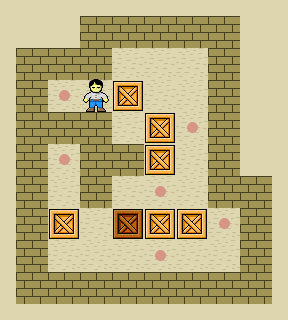
Sokoban is a puzzle video game in which the player pushes boxes around in a warehouse, trying to get them to storage locations. The game was designed in 1981 by Hiroyuki Imabayashi, and first published in December 1982.

Escape Velocity is a single-player role-playing space trading and combat video game series first introduced in 1996 by Ambrosia Software for the Apple Macintosh. Two other similar games based on the original, EV Override and EV Nova, followed in 1998 and 2002 respectively, the latter of which is also available on Microsoft Windows. In addition there is a trading card game available based on the storyline of the EV Nova universe.
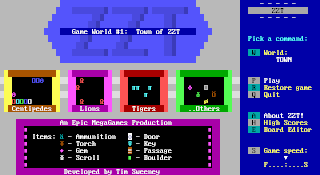
ZZT is a 1991 action-adventure puzzle video game and game creation system developed and published by Potomac Computer Systems for MS-DOS. It was later released as freeware in 1997. It is an early game allowing user-generated content using object-oriented programming. Players control a smiley face to battle various creatures and solve puzzles in different grid-based boards in a chosen world. It has four worlds where players explore different boards and interact with objects such as ammo, bombs, and scrolls to reach the end of the game. It includes an in-game editor, allowing players to develop worlds using the game's scripting language, ZZT-OOP.
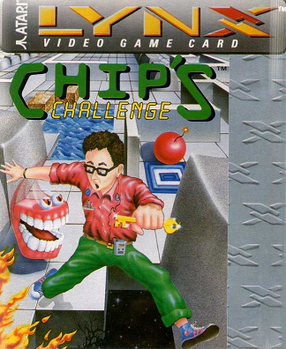
Chip's Challenge is a top-down tile-based puzzle video game originally published in 1989 by Epyx as a launch title for the Atari Lynx. It was later ported to several other systems and was included in the Windows 3.1 bundle Microsoft Entertainment Pack 4 (1992), and the Windows version of the Best of Microsoft Entertainment Pack (1995), where it found a much larger audience.
Irrlicht is an open-source game engine written in C++. It is cross-platform, officially running on Windows, macOS, Linux and Windows CE and due to its open nature ports to other systems are available, including FreeBSD, Xbox, PlayStation Portable, Symbian, iPhone, AmigaOS 4, Sailfish OS via a QT/Qml wrapper, and Google Native Client.
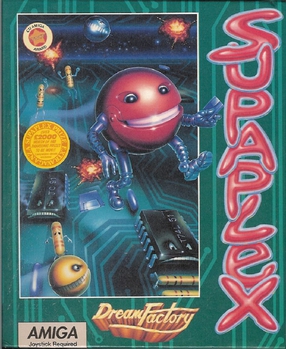
Supaplex is a video game created by Philip Jespersen and Michael Stopp, two Swiss students, and published by Digital Integration in 1991. It is an extended clone of Boulder Dash.

QuArK, is a free and open-source program for developing 3D assets for a large variety of video games, mostly first-person shooters using engines similar to or based on the Quake engine by id Software. QuArK runs on Microsoft Windows.
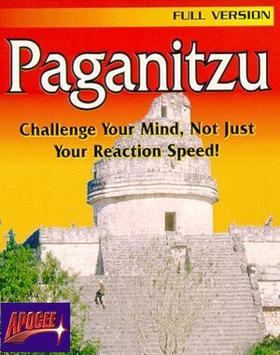
Paganitzu is a puzzle video game created by Keith Schuler and published by Apogee Software for IBM PC compatibles in 1991. It is the sequel to Chagunitzu. The player controls Alabama "Al" Smith, who works his way through an ancient Aztec pyramid while solving Sokoban-like puzzles.

3D GameStudio or 3DGS is a pan 3D computer game development system which allows the users to create 3D games and other virtual reality applications, and publish them royalty-free. It includes a model/terrain editor, a level editor, a script editor/debugger and comes with a big collection of textures, models and artwork, as well as a game template system that allows the creation of basic shooter games or RPGs without programming. For complex games or other applications, either the integrated programming language named Lite-C or an external development language such as Visual C++ or Borland Delphi can be used.

Rocks'n'Diamonds is a puzzle video game with elements of Boulder Dash, Supaplex, Emerald Mine, Solomon's Key, and Sokoban clone. It is free software under the GNU GPL-2.0-only license created by Artsoft Entertainment and designed by Holger Schemel.
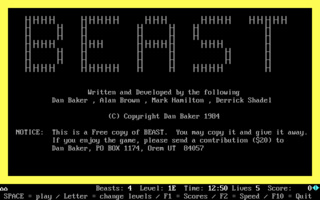
Beast is a text-based action game developed for MS-DOS by Dan Baker, Alan Brown, Mark Hamilton, and Derrick Shadel. It was distributed as shareware in 1984.

Boppin' is a puzzle-oriented video game created by Jennifer Diane Reitz in 1991, developed under the company name Accursed Toys and published by Karmasoft for the Amiga computer with only 32 colors on screen. Around that time Karmasoft held a level design contest. The game sold poorly with 284 copies, so Jennifer got it republished by Apogee Software with up to 256 colors on screen. Due to mature content containing blood and seppuku, the game was rated for players aged 25.

Kwirk, known in Japan as Puzzle Boy, is a puzzle video game developed and published by Atlus in Japan on November 24, 1989, for the Game Boy. The game was later published in North America in March 1990 by Acclaim Entertainment.
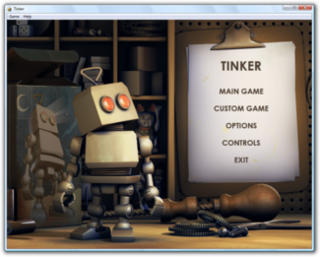
Tinker, also known as Microsoft Tinker, is a puzzle video game developed by Fuel Industries in which the player controls a robot through various mazes and obstacle courses. It was originally released on September 23, 2008 as part of Windows Ultimate Extras, and contained 60 levels including a 20-level tutorial. A free map editor was also released, however it is not compatible with the Games for Windows – Live version of Tinker. It is only compatible with the Windows Ultimate Extras version.
Chocolate Castle is a puzzle video game developed by New Zealand–based company Lexaloffle and published on April 2, 2007. The game was developed by Lexaloffle's owner and operator Joseph White, who designed Chocolate Castle as a platform for further puzzle games. In this game, players clear a castle's rooms of chocolate by combining smaller pieces into large bars and commanding animals to consume them. After clearing a room, they can select new rooms that are still yet to be cleared. The full version of the game includes a room editor for players to create their own rooms; players may upload these newly created rooms to Lexaloffle's website for other players to attempt.

Scribblenauts Unlimited is a puzzle sandbox video game developed by 5th Cell and published by Warner Bros. Interactive Entertainment for the Nintendo 3DS, Wii U, Microsoft Windows, iOS and Android. The game was announced during Nintendo's E3 2012 press conference on June 5. It is the fourth title in the Scribblenauts series, as a launch title for the Wii U console.

Baba Is You is a puzzle video game created by Finnish independent developer Arvi Teikari. Originating as a short demo built for the 2017 Nordic Game Jam, the game was expanded and released on 13 March 2019 for PC and Nintendo Switch. Mobile versions were released in June 2021. The game centers around the manipulation of "rules"—represented in the play area by movable tiles with words written on them—in order to allow the player character, usually the titular Baba, to reach a specified goal. A free update titled "Baba Make Level" was released on November 17, 2021, featuring over 150 new and previously unused levels and a level editor with online sharing.

Patrick's Parabox is a puzzle video game created by indie developer Patrick Traynor. Originating as a short demo built in 2020, the game was expanded and released on 29 March 2022 for PC, followed by a release on the Nintendo Switch and PlayStation 5 on 26 July 2023. The game centers around playing with infinity and recursion by pushing boxes into and out of other boxes, sometimes in and out of itself, in order to win the level by putting boxes into their spaces.

X-It is a 1994 puzzle video game developed by Data Design Interactive (DDI) and published by Psygnosis for the Amiga and MS-DOS. The Amiga version was also distributed in Australia by Hot Point. The game stars a character named Bill, who was kidnapped by aliens and placed him on a space junkyard maze to learn about the humans, before launching an invasion against people on Earth. The player controls Bill across 120 levels, each one divided into eight ships that feature their own variety of obstacles. The goal on every level is to get each block into hole fillers to make a path around the exit, without getting blocks stuck against walls or other obstacles under a time limit.

















